Asif Khan: Architect and Designer
By Something CuratedBorn in London in 1979, Asif Khan, of Pakistani and Tanzanian heritage, notes he always had a keen interest in art and the sciences; for him, architecture offered an ideal merging of the two fields. He studied at the Bartlett, University College London, then the Architectural Association, winning prizes at both, before intrepidly setting up his own practice in 2007. The studio works internationally on projects ranging from cultural buildings to houses, temporary pavilions, exhibitions and installations. Since his eponymous studio’s launch, Khan’s career has been a rapid upward trajectory.
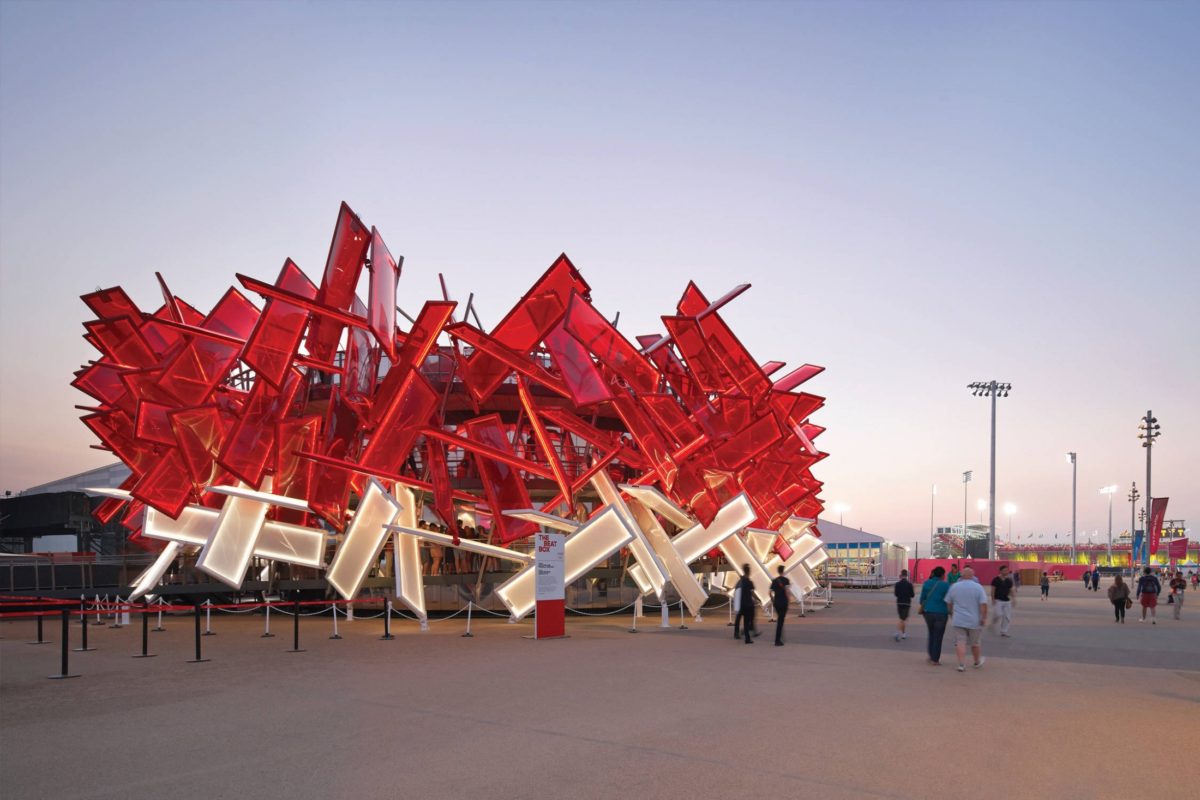
His notably varied portfolio spans the unassuming timber box of Littlehampton’s West Beach Café, to the multisensory experience of the Beatbox pavilion, created for the Queen Elizabeth Olympic Park, where touch sensitive pillowed plastic walls allowed visitors to create unique soundscapes using samples from producer Mark Ronson. Khan’s internationalism reflects in the diversity of his interests and projects; his work embraces the fields of architecture, industrial and furniture design, pushing the disciplines in unexpected new directions. Another of his award-winning projects was an installation for Swarovski at Design Miami, where he inventively incorporated over a million crystals to create a glistening palace.
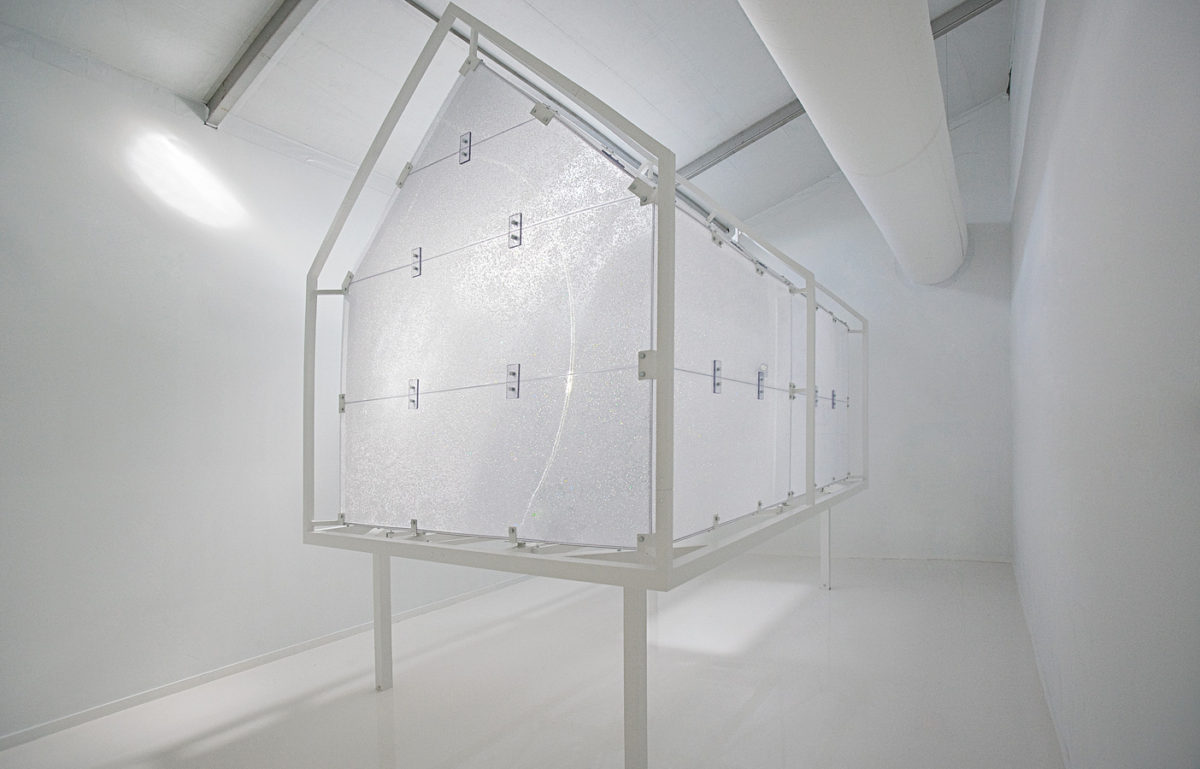
In 2014, Khan designed the MegaFaces pavilion at the Sochi Winter Games, inspired by monumental sculpture and “the rise of emoticons and selfies in our digital lives”. Once inside, visitors’ faces were scanned and then reproduced three-dimensionally on the structure’s enormous façade, using 10,000 telescopic cylinders. Khan’s pioneering work won the 2014 Cannes Lions Grand Prix for Innovation, making him the first architect to have won the esteemed award.
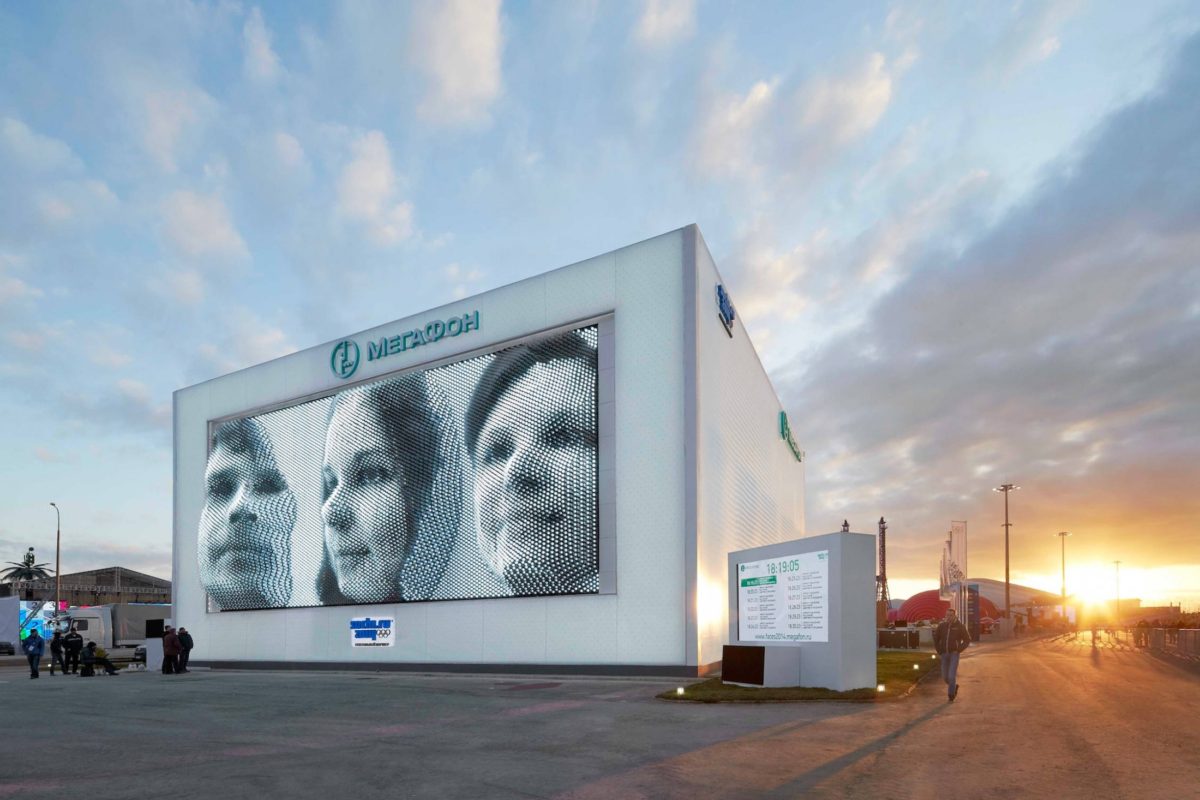
Later the same year, the young architect was shortlisted for the prestigious job of designing the latest Guggenheim Museum in Helsinki. His interest in the relationship between people, technology and nature is evident in his proposal. Though ultimately he did not secure the project, his presence on the shortlist was a tremendous achievement given the immense competition for the assignment, notably further raising the architect’s international profile.
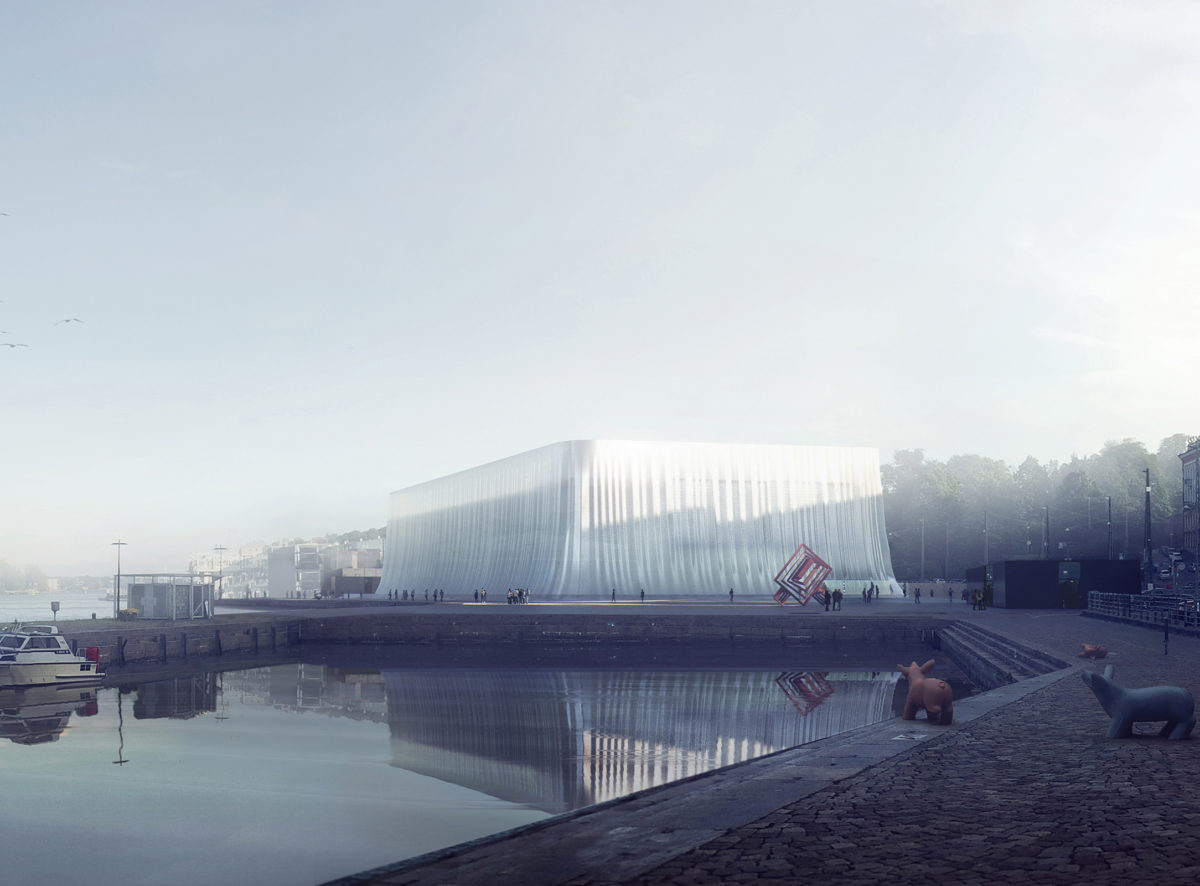
This summer, Khan was selected to create one of the Serpentine Summer Houses, to sit alongside the annual pavilion. Conceived as a Tea House, the project is designed to offer new experiences of the Park through dialogue with Queen Caroline’s Temple. His Summer House incorporates a polished metal platform and roof that provide an intimate experience; three ‘rooms’ of differing spatial quality gently enfilade together like those in the Temple. The ground is a continuous gravel landscape punctuated by stepping stones, subtly elevating and measuring the visitor’s approach when entering the interior.
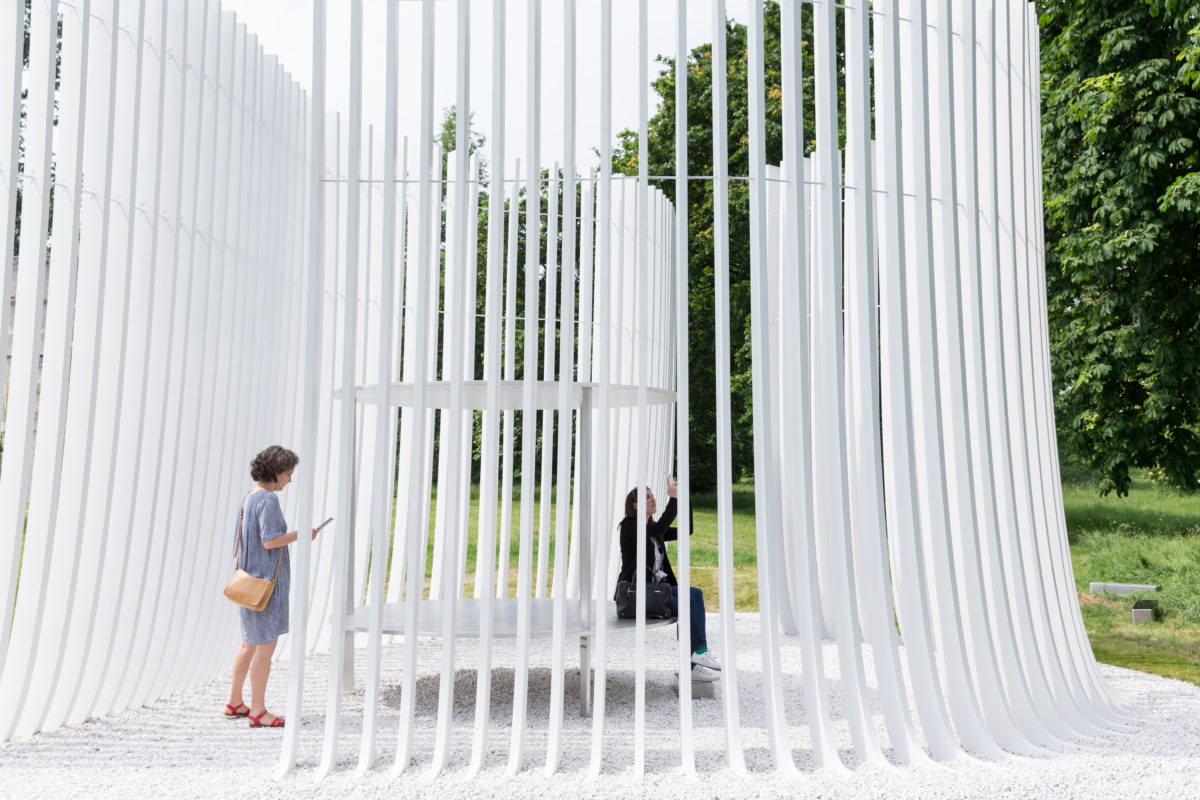
Most recently, Khan collaborated with innovative restaurateurs Conor Sheehan and Jackson Berg, developing a portable restaurant, Xiringuito; for this project, he created a moveable, shrink-wrapped timber structure, which is currently located in Margate. The architect and designer often speaks at schools, having previously involved pupils and their parents in a project to remodel the playground at Chisenhale Primary School in Tower Hamlets. He also lectures globally on his work, sits on the board of Trustees of the Design Museum and teaches MA Architecture at the Royal College of Art.
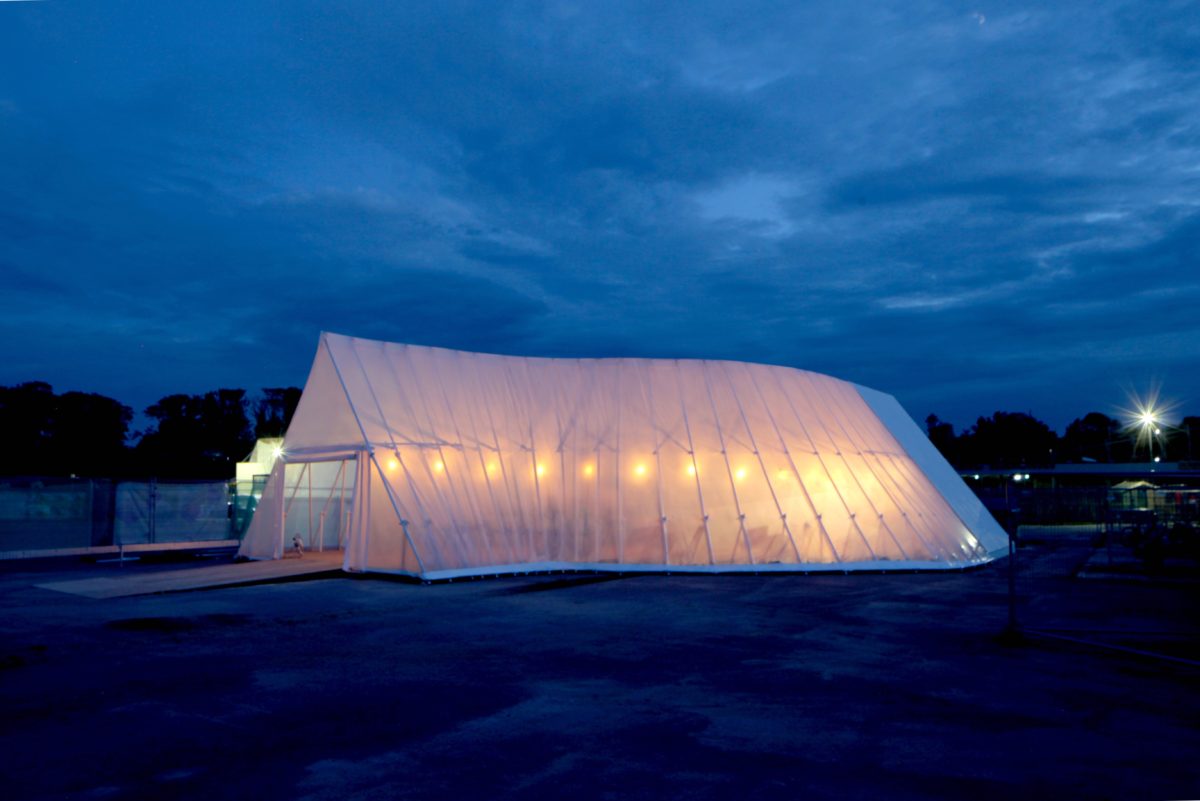
Last month, along with Stanton Williams, Asif Khan was chosen to design the new Museum of London at Smithfield Market. Their proposal for the 25,000-square-metre structure includes a landmark dome, underground exhibition galleries, spiralling escalators, flexible event spaces and a sunken garden.
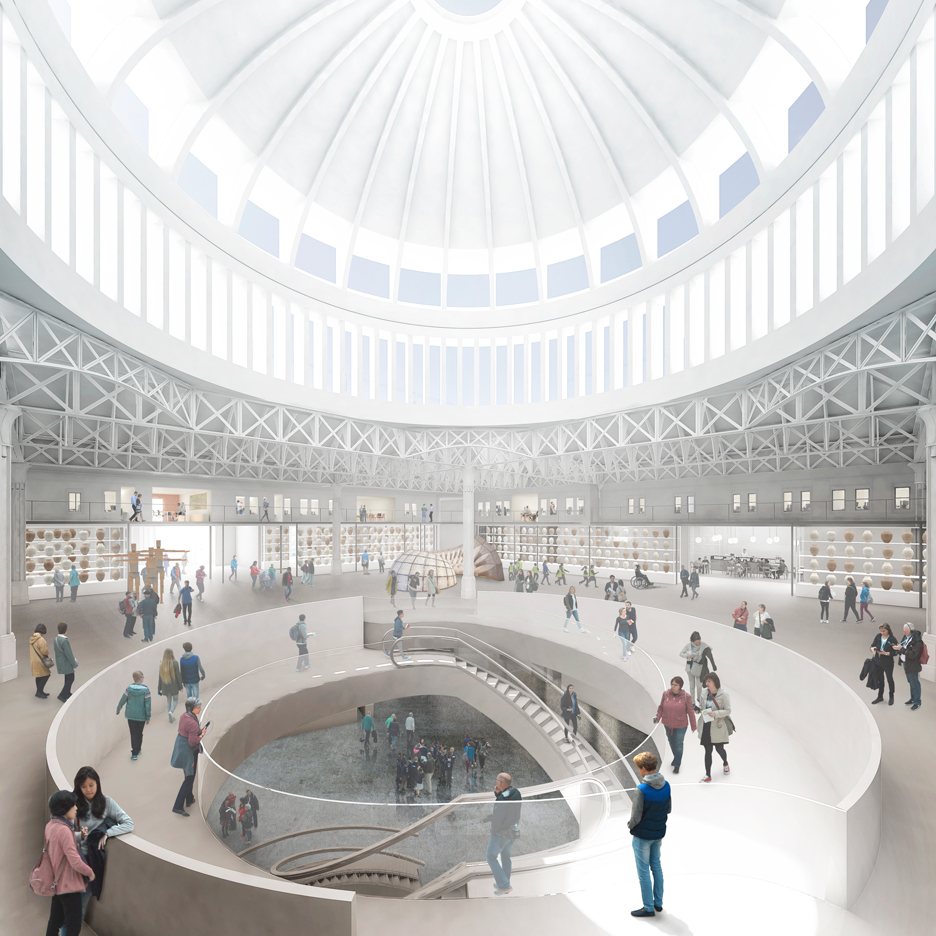
On diversity in architecture:
“The best way to improve the environment is to diversify talent so that everybody is part of the debate. Architecture should not be a hobby for the elite.” (Evening Standard, 2014)
On the Museum of London:
“We all know the power of public spaces in changing our city and our individual lives, and this is what drives us. We want the Museum of London to be a museum where everyone belongs, and where the future of London is created.” (Dezeen, 2016)
On his studio’s ethos:
“Our studio’s approach is to be curious about people’s relationship with materials, nature and, especially, technology. All of our projects have a core ambition, which is to move a project beyond where it began. We believe there is always more to be discovered; you just need to invest the time and effort.” (Amara, 2012)
On breaking into the industry:
“In school, the idea that you would assume the role of a heroic architect was purveyed to everyone. We read the books. We saw the drawings. We said, ‘Hey that’s me in a few years.’ Then as time goes on, you realise it’s very difficult to get there. I guess I was bored of the academic route and the rhetoric, and examination method. I found I could get further and get more done by myself and on the phone just by talking to the right people.” (Design Bureau, 2013)
Text by Keshav Anand